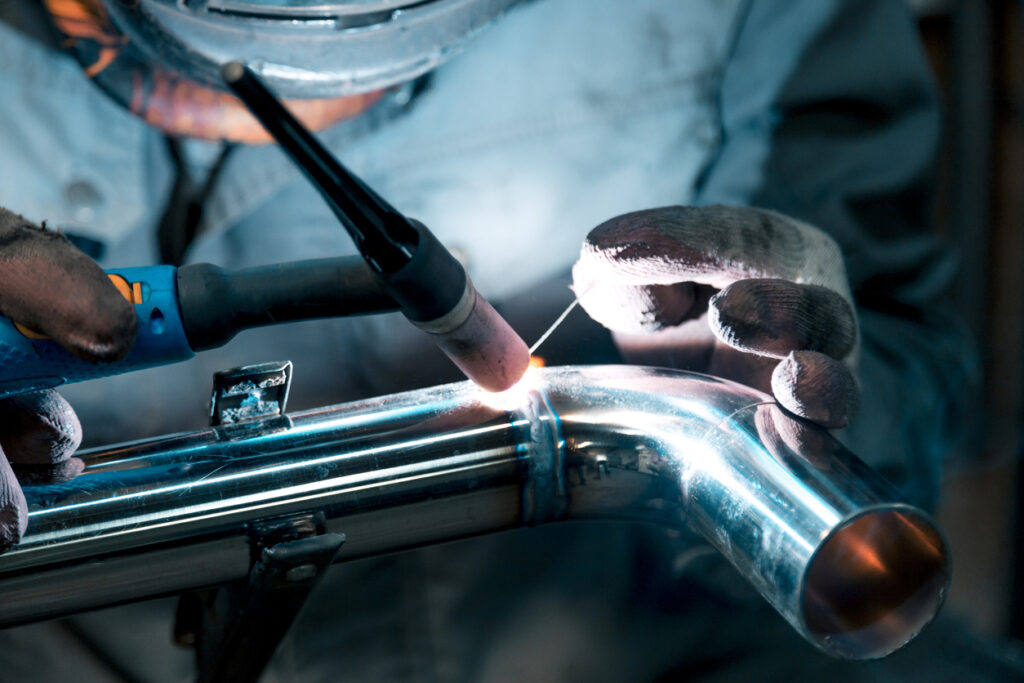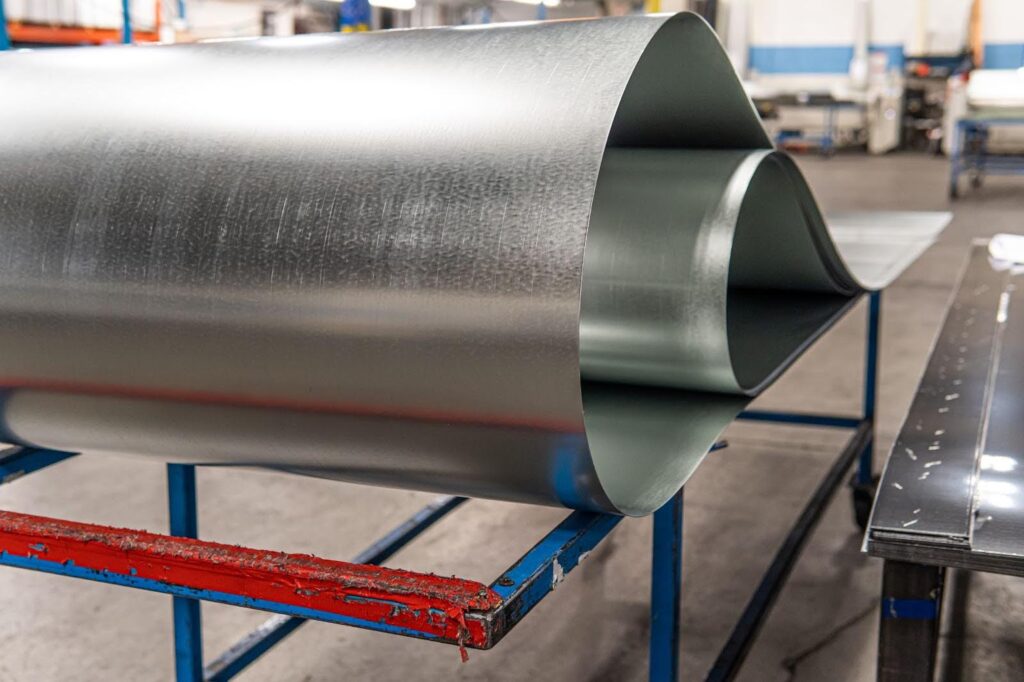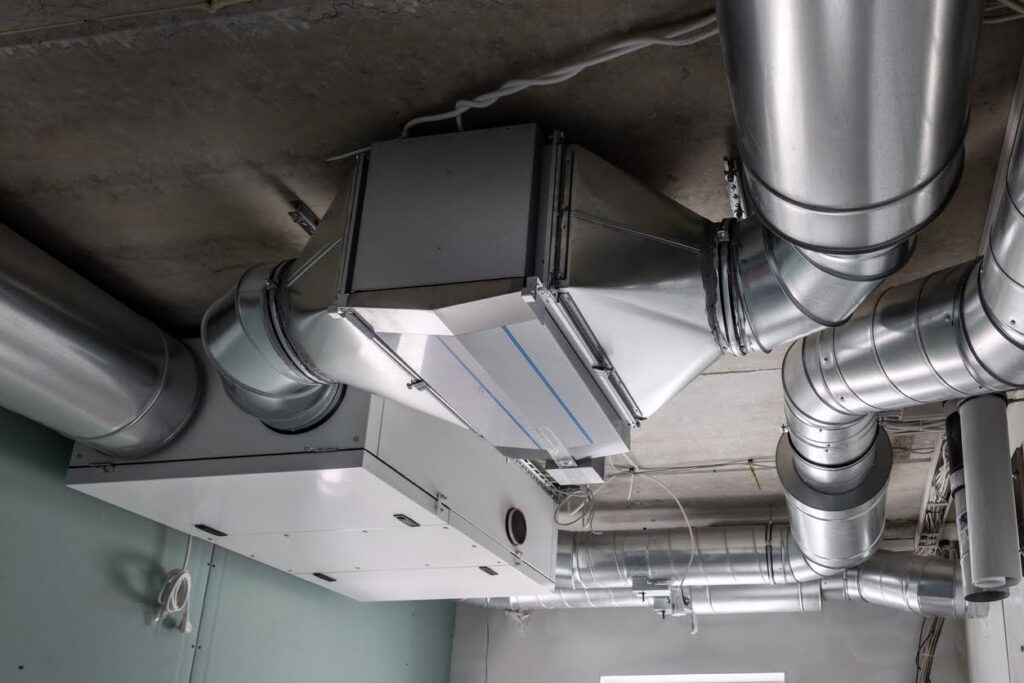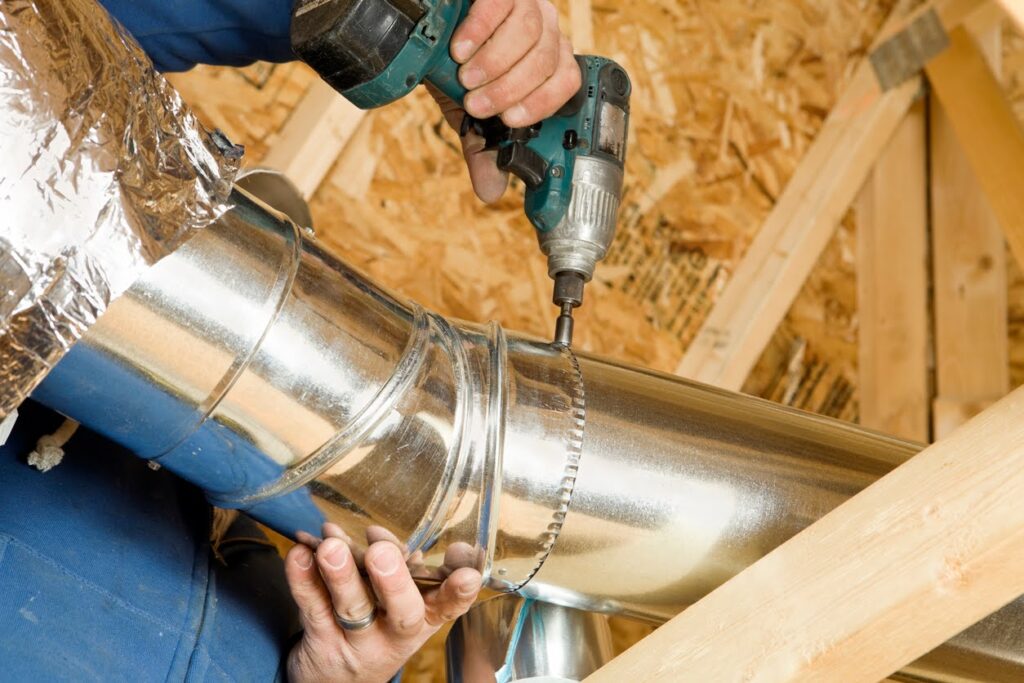In sheet metal fabrication, achieving precise, clean, and strong welds is an art form. Among the various welding techniques at our disposal, TIG welding, or Gas Tungsten Arc Welding (GTAW), stands out as a top choice for achieving these exacting standards. This method is favored for its ability to create immaculate welds with minimal distortion, making it indispensable for projects where precision is paramount. Join us as we explore the world of TIG welding, uncover its unique techniques, and appreciate the beauty of this welding artistry.
The Advantages of TIG Welding
TIG welding is often celebrated for its precise and controlled approach to joining metals. It involves using a non-consumable tungsten electrode, a shielding gas (usually argon), and a filler material if required. TIG welding is well-suited for sheet metal fabrication because of its ability to produce exceptionally clean and fine welds. It’s like wielding a painter’s brush, delicately applying each stroke to create a masterpiece. This process, in the hands of a skilled welder, can achieve almost invisible welds, leaving behind a seamless and aesthetically pleasing finish.
The TIG Welding Process: A Closer Look
The process begins with meticulous preparation, ensuring that the metals to be joined are clean and properly fitted. The non-consumable tungsten electrode, which serves as the heat source and electrical conductor, is connected to a TIG welding machine. As the welding arc is initiated, an inert shielding gas, typically argon, flows around the weld area. This shielding gas creates a protective atmosphere, preventing atmospheric contaminants from affecting the weld.
As the heat is applied to the metal surfaces, the base metals begin to melt. If necessary, a filler rod made of the same or compatible material is added to the molten pool to reinforce the weld. The precise control of the heat input, achieved by adjusting the welding machine settings, is critical in TIG welding. It’s this level of control that allows welders to create clean and precise welds on sheet metal without excessive heat affecting the surrounding area.
Advantages of TIG Welding in Sheet Metal Fabrication
TIG welding offers several advantages that make it a preferred choice for sheet metal projects:
- Clean and Aesthetic Welds: TIG welding produces welds with minimal spatter, leaving the surrounding area free of unsightly residue. This is especially important in applications where aesthetics are crucial.
- Precise Control: The ability to precisely control heat input and welding parameters allows minimal distortion and warping, making TIG welding ideal for thin sheet metal.
- Low Heat-Affected Zone: The low heat input reduces the size of the heat-affected zone, minimizing the risk of damage to adjacent areas of the metal.
- Versatile Material Compatibility: TIG welding can be used on various materials, including stainless steel, aluminum, and more, making it versatile for various sheet metal fabrication projects.
- Reduced Post-Weld Cleanup: The minimal spatter and clean welds often mean less post-weld cleanup and finishing work, saving both time and resources.
The Artistry of TIG Welding Techniques
What makes TIG welding truly remarkable is the array of techniques and skills involved in achieving exceptional results. These techniques require training, practice, and a keen eye for detail. Some of the essential TIG welding techniques include:
- Lay Wire Technique: In this method, the filler rod is fed continuously into the weld pool as the weld progresses. It requires precise coordination between the torch movement and filler rod feed rate to maintain a consistent and aesthetically pleasing weld bead.
- Tack Welding: Tack welds are small, controlled welds used to hold the workpieces in place before the final welds are made. They help maintain alignment and prevent distortion during the welding process.
- Puddle Control: Controlling the size and shape of the molten weld pool, often referred to as the “puddle,” is a crucial skill in TIG welding. The welder must manipulate the puddle’s movement to achieve the desired weld characteristics.
- Weaving Technique: This involves moving the TIG torch in a controlled back-and-forth or circular pattern while making the weld. It’s commonly used to distribute heat evenly and create wider welds for better fusion.
- Filler Rod Manipulation: Skilled TIG welders are adept at precisely adding filler material to the weld pool as needed, ensuring a strong and consistent bond between the base metals.
Quality Control in TIG Welding
Quality control is an integral part of the TIG welding process in sheet metal fabrication. It involves meticulous inspection and testing to ensure that the welds meet the highest quality metrics. This is why it is crucial to work with certified welders, who are trained to uphold even the most stringent standards. Some key quality control measures include:
- Visual Inspection: Skilled inspectors examine the welds for any visible defects, such as cracks, porosity, or incomplete fusion. Weld appearance, including uniformity and cleanliness, is also evaluated.
- Non-Destructive Testing (NDT): Techniques like ultrasonic testing or radiographic inspection detect hidden defects in the welds. These methods provide an in-depth evaluation of weld integrity without destroying the workpiece.
- X-ray Inspection: In some cases, X-ray inspection provides a highly detailed view of the weld structure, ensuring that even the tiniest imperfections are identified.
- Quality Assurance Protocols: Implementing quality assurance procedures throughout the welding process, from preparation to post-weld treatments, ensures that the highest standards are maintained.
Conclusion
At Avon Lake Sheet Metal, we have honed the art of TIG welding over decades of experience. Our commitment to precision and quality ensures that your sheet metal projects are not just well-constructed but works of art. Whether you need clean and precise welds for architectural elements or critical structural components, our TIG welding expertise guarantees results that meet and exceed your expectations.
So, the next time you marvel at a beautifully crafted piece of sheet metal, remember that behind the seams, there’s an artist wielding a TIG torch, creating something extraordinary.
Ready to get started on a sheet metal project yourself? The experts at Avon Lake Sheet Metal are ready to help! Contact us today!



